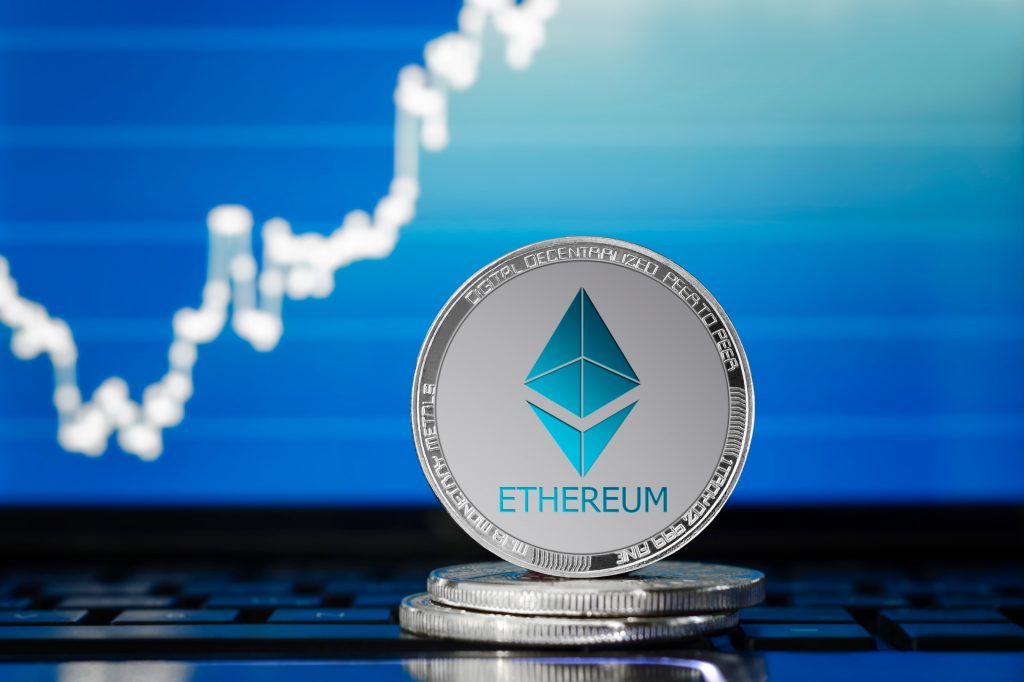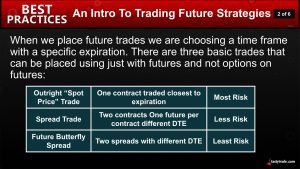Trading Cryptocurrencies With Futures
Cryptocurrency volumes on futures exchanges are rising and this emerging sector is now opening up to a variety of new futures trading/investing approaches.

Thanks to the rising popularity of cryptocurrency-related trading and investing, the futures sector of the financial markets is seeing increased interest and trading volumes.
Cryptocurrencies fit like a glove with futures because both products represent pure exposure. Likewise, most active market participants in these markets seek to express an opinion on direction—which is another key characteristic of the futures market.
As of right now, futures are only offered on the two biggest cryptocurrency products: Bitcoin (BTC) and Ethereum (ETH). However, judging by the rise of digital coins such as Dogecoin (DOGE), it seems certain that additional products will be “future-ized” in short order.
A big plus when trading cryptocurrencies with futures is that such contracts are traded on government-regulated exchanges, which helps ensure fair practices. Moreover, futures trades are cleared and guaranteed by futures exchanges, which increases confidence that commitments will be honored—thus promoting the most efficient marketplace possible.
The chart below illustrates how Ethereum futures volumes have picked up in recent weeks, and even started to outpace Bitcoin futures volumes.
Source: CoinTelegraph.com
Conveniently, futures are offered on a great variety of products, not just digital currencies. For example, some of the highest volume futures products include: commodities (crude oil), equity indices (S&P 500), currencies (U.S. dollar), precious metals (gold), and bonds (U.S. Treasury bonds).
And because many market participants seek to diversify their portfolios across a wide range of products and markets, futures offer a convenient, liquid and well-regulated alternative to equities, options and other financial holdings.
The great thing about futures, and what makes them valuable to almost every trader, is that the demand/supply dynamics are very similar to other financial products, like stocks—or even goods and services we buy and sell in our everyday lives.
For example, if there are more sellers of Apple (AAPL) stock on a given day, as compared to the number of buyers, then the stock will likely decrease in value. The same can be said for a futures product like Bitcoin or crude oil. When supply outweighs demand—or vice versa—prices move accordingly.
In general, futures prices move proportionally with the product or asset that underlies the contract. So if spot prices for crude oil were to increase by 5%, then the futures contract covering that product (and expiration month) would most likely jump about 5% as well.
And while directional trading (long or short) may seem elementary because it only covers two position types, the underlying reason for a given directional position can be extremely versatile.
Across the spectrum of directional trading, a wide range of market participants may be utilizing technical analysis, fundamental research, hedging or another hybrid approach that fits their unique experience, background and outlook.
Moreover, futures positions aren’t limited to only simple long and short positions. The futures markets are extremely deep and liquid—across a long time horizon—which means traders can also utilize spread trading and pairs trading. Pairs trading using cryptocurrency futures should get especially attractive when new coins (beyond BTC and ETH) are added to the futures universe.
Several of the most common futures trading strategies are highlighted in the image below.

While there may be countless reasons for a trader to initiate any one of the positions detailed above, the best way to get started in futures is just to pick a product and start following it.
Over time, new futures traders can learn about the type of news that moves a particular underlying, and to what degree. This hands-on experience can help traders develop the instincts and confidence to successfully deploy their own ideas going forward.
To learn more about trading cryptocurrencies using futures, readers may want to review the following links:
- Futures for Rookes: Futures Overview
- Futures for Rookies: Pairs Trading Checklist
- Futures for Rookies: Calendar Spreads
- Best Practices: Intro to Futures Strategies
Readers seeking to learn more about futures may also want to review the Beginner Futures course in the tastytrade Learn Center.
For updates on everything moving the markets, readers can also tune into TASTYTRADE LIVE—weekdays from 7 a.m. to 4 p.m. CST—at their convenience.
Sage Anderson is a pseudonym. He’s an experienced trader of equity derivatives and has managed volatility-based portfolios as a former prop trading firm employee. He’s not an employee of Luckbox, tastytrade or any affiliated companies. Readers can direct questions about this blog or other trading-related subjects, to support@luckboxmagazine.com.




















